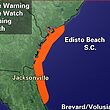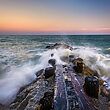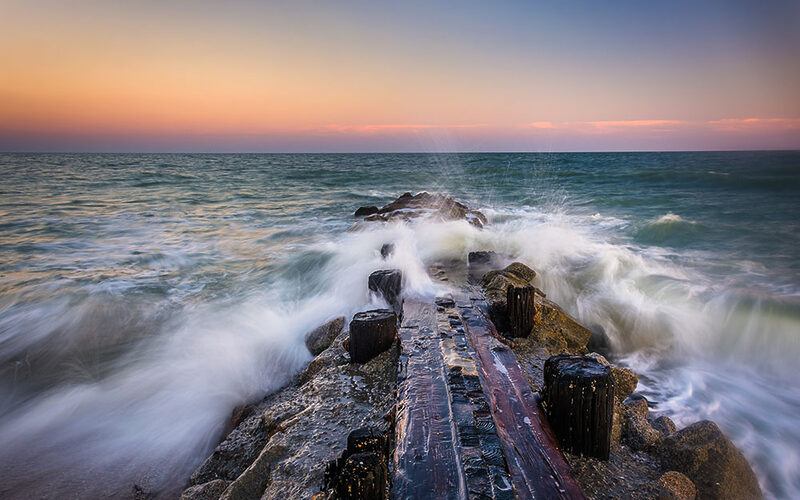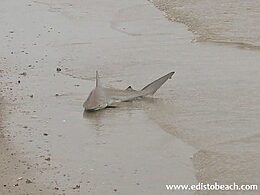If you’ve walked along Edisto Beach, you’ve likely noticed long lines of rock or wooden structures stretching from the sand into the ocean. These are called groins, and while they may look simple, they play a vital role in protecting Edisto’s shoreline and the community that depends on it.
Why Groins Were Built on Edisto
Edisto Beach is part of South Carolina’s chain of barrier islands, where wind, waves, and tides constantly move sand. This natural process, called longshore drift, steadily carries sand down the coast, leading to erosion in some areas and buildup in others.
To slow this process, Edisto constructed a series of groins along the beach. By interrupting the flow of sand, groins help:
- Trap sand on the “updrift” side of the structure
- Stabilize the beach in front of homes and public areas
- Preserve recreational space for visitors and residents
In short, groins were designed to keep Edisto’s beach from washing away too quickly.
How Groins Work
Groins act as barriers against the natural movement of sand. Waves push sand along the shoreline, but when the flow is interrupted by a groin, much of that sand piles up on one side. Over time, this helps maintain a wider beach and creates a buffer against storms.
However, there is a trade-off: the “downdrift” side of a groin often sees increased erosion, since less sand makes it past the structure. This is why Edisto’s beach profile may look uneven in different sections.
Benefits for the Community
While groins don’t stop erosion completely, they provide important benefits to Edisto:
- Protecting property – Homes and businesses near the water are shielded from rapid beach loss.
- Supporting tourism – A wider beach means more space for visitors, which helps the local economy.
- Slowing storm impacts – By holding sand in place, groins help the shoreline absorb energy from waves and tides.
These structures are one reason Edisto remains a beloved destination for Lowcountry families year after year.
Wildlife and Safety Notes
Like all coastal protection methods, groins have an impact on the environment:
- Sea turtles – Loggerhead turtles sometimes avoid nesting near groins, as they prefer unobstructed stretches of sand.
- Birds and crabs – Shifting sands around groins still provide habitat, but the balance changes over time.
- Swimmer safety – At high tide, groins can create strong currents and hide submerged rocks, making caution important.
For these reasons, visitors are encouraged to respect signage and be mindful when swimming near groins.
The Takeaway
The groins of Edisto Beach may not be as eye-catching as the waves or sunsets, but they are critical in the ongoing effort to preserve this special place. By trapping sand and slowing erosion, they help protect property, maintain a recreational beach, and support the community that calls Edisto home.
Next time you walk along the shoreline, take a closer look at these quiet guardians of Edisto Beach—they’re a big reason the island remains one of the Lowcountry’s treasures.










